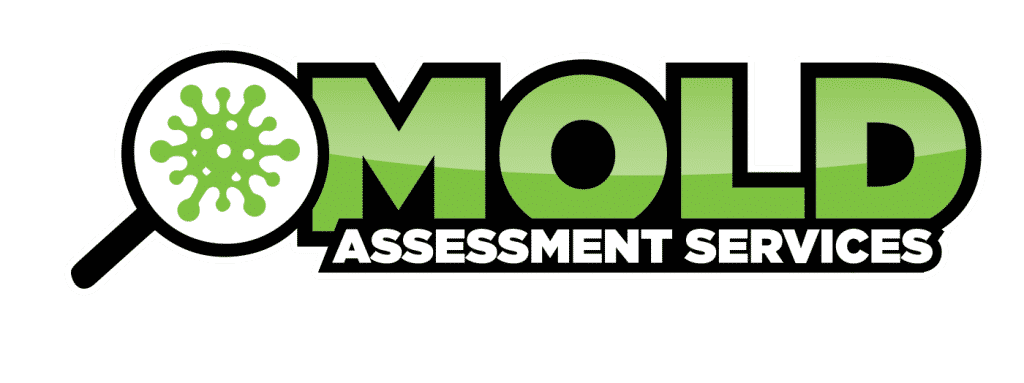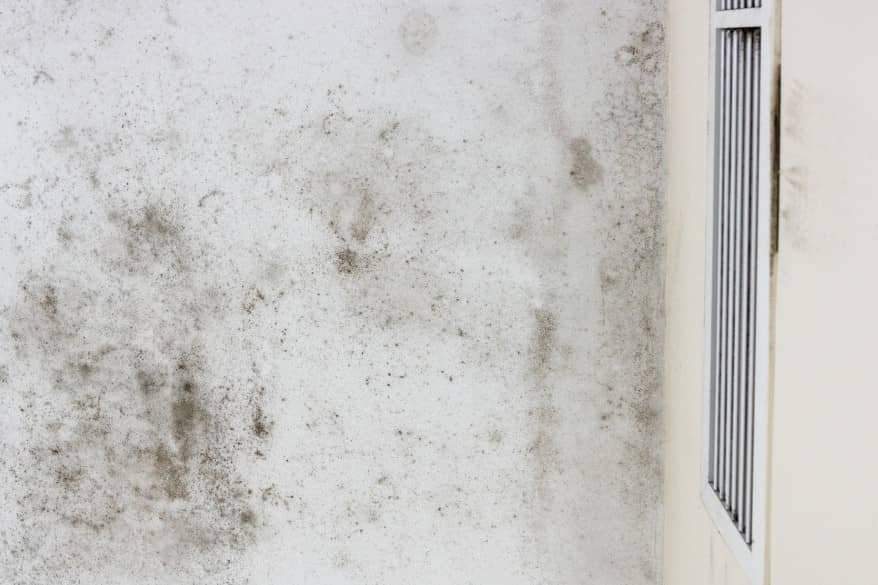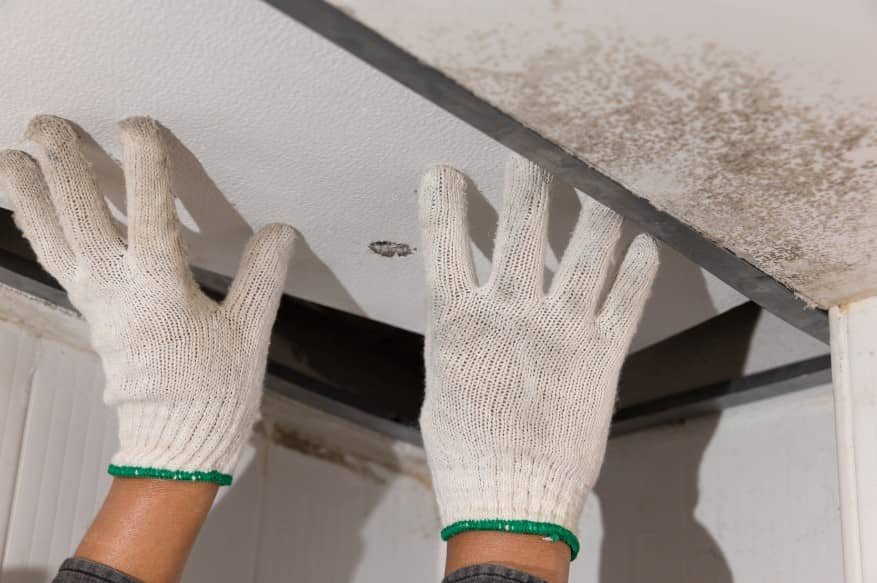Mold, a fungus that thrives in damp environments, is often a silent and unseen enemy lurking in homes. According to the Environmental Protection Agency (EPA), it only needs moisture, warmth, and food sources to grow, conditions often present in many households. While it’s common knowledge that mold can adversely affect human health, it’s equally important to recognize that our beloved pets can also fall victim to its effects. Continue reading below to help keep safeguarding pets.
Safeguarding Pets from Mold: The Invisible Threat
Studies reveal that, like humans, pets are susceptible to health complications from mold exposure. Their symptoms can range from respiratory distress, runny noses, and coughing to more severe conditions like systemic fungal infections. The American Veterinary Medical Association (AVMA) warns that pets’ heightened sense of smell and lower positioning in homes can expose them to higher concentrations of mold spores.
This exposure is particularly concerning given a survey by the American Pet Products Association (APPA), which reported in 2023 that 70% of U.S. households own at least one pet. This statistic translates into millions of pets potentially at risk.
 In the realm of pet care safeguarding pet health involves comprehensive strategies including mold prevention and home remediation to ensure pet safety and mitigate mold exposure, thereby reducing the risk of mold-related health issues.
In the realm of pet care safeguarding pet health involves comprehensive strategies including mold prevention and home remediation to ensure pet safety and mitigate mold exposure, thereby reducing the risk of mold-related health issues.
Recognizing the Signs of Mold Exposure in Pets
Pets often display specific symptoms when exposed to mold. These may include:
- Excessive scratching in the absence of fleas
- Unusual hair loss
- Respiratory issues such as coughing or wheezing
- Decreased appetite
- Changes in behavior, such as lethargy or decreased activity
Seek immediate veterinary care if mold exposure is suspected.
Best Practices for Safeguarding Pets from Mold
Here are some of the best practices to keep your pets safe:
1. Regular Home Inspections: Regularly inspect your home for signs of mold. Check under carpets, behind walls, and in areas with high humidity, like the bathroom and kitchen.
2. Prompt Mold Removal: Immediate remediation is essential. It’s best to engage professional mold remediation services to ensure thorough cleaning.
3. Use of Air Purifiers: High-quality air purifiers with HEPA filters can help reduce airborne mold spores.
4. Proper Ventilation: Ensure your home is well-ventilated, especially in areas prone to dampness, such as bathrooms and kitchens.
5. Regular Cleaning: Frequent cleaning can prevent mold buildup. Pay particular attention to your pet’s feeding and sleeping areas.
6. Dehumidifiers: Use a dehumidifier in damp areas of your home to prevent mold growth.
7. Safe Mold Cleaning Practices: Keep pets away from mold-affected areas until completely dry and fumes-free.
8. Regular Vet Check-ups: Regular vet visits can help detect any early signs of health issues due to mold exposure.
Mold exposure can pose a significant threat to our furry friends. Yet, we can create a safer environment for our pets by remaining vigilant for signs of mold, regularly cleaning and ventilating our homes, and keeping up-to-date with vet checks. After all, their health and happiness are worth every measure of prevention.
 Safeguarding Your Furry Friends How to Keep Your Pets Safe from Mold Pets are family and need us to look out for them to guarantee a safe home.
Safeguarding Your Furry Friends How to Keep Your Pets Safe from Mold Pets are family and need us to look out for them to guarantee a safe home.
Conclusion
Safeguarding pets from mold is a critical aspect of responsible pet ownership that requires vigilance, proper home maintenance, and care. Recognizing that mold is not just a human hazard, but also a threat to our pets underscores the need to maintain a clean, well-ventilated living environment. By incorporating these preventative measures and responding promptly to any signs of mold exposure, we can ensure that our homes remain safe havens for our beloved pets.
With careful attention and proactive steps, we can enjoy the love and companionship of our furry friends without the lurking threat of mold-related health issues. Remember, their well-being is intrinsically linked to the environments they inhabit, making their safety and health a true reflection of the care we provide.
MAS Is Looking Out for Your Furry Family Members
If you suspect mold in your home, it’s time to take proactive measures. Contact Mold Assessment Services, a professional mold assessment company specializing in home and rental properties. Our expert team provides comprehensive mold assessment services to identify and rectify any mold issues, helping you safeguard your pets from mold exposure.
To schedule a mold inspection, reach us today at 305-244-7379. Our friendly and knowledgeable staff will be happy to assist you and answer any questions. You can also contact us by completing the form on our website, and our team will promptly respond. Don’t delay in providing a safe and healthy living space for your pets—arrange your mold inspection now.


